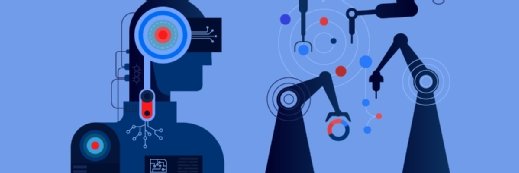
Getty Images
AI Model Can Help Detect Collapsed Lung Using Chest X-rays
The artificial intelligence model accurately detected pneumothorax, or a collapsed lung, and exceeded FDA guidelines for computer-assisted triage devices.
A new study published last week in JAMA Network Open shows that an artificial intelligence (AI) model can accurately detect simple and tension pneumothorax on chest radiographs.
According to Mayo Clinic, a pneumothorax is a collapsed lung that occurs when air leaks into the space between the lung and chest wall. This air pushes on the outside of the lung and makes it collapse either wholly or partially. Johns Hopkins Medicine reports that a pneumothorax can be caused by chest trauma, excess pressure on the lungs, or a lung disease, such as chronic obstructive pulmonary disease (COPD), asthma, cystic fibrosis, tuberculosis, or whooping cough.
The study noted that early detection of pneumothorax is crucial, as the severity of the condition will determine the need for emergency intervention. A pneumothorax is typically detected and diagnosed using a chest X-ray and radiologist interpretation, but the authors hypothesized that AI could help improve this process.
“First, [AI] could assist in triaging chest radiographs for sooner interpretation by a radiologist based on the suspected presence of a pneumothorax. Second, it could provide a second ‘set of eyes’ to support identification of a pneumothorax,” the researchers explained.
To test whether an AI can accurately detect both simple and tension pneumothorax using chest X-rays, the research team compiled a dataset of 1,000 chest radiographs from patients aged at least 18 years old captured between June 1, 2015, and May 31, 2021, from four hospitals in the Mass General Brigham hospital network.
The included radiographs were selected using two strategies: one that identified consecutive radiographs with pneumothorax through a manual review of radiology reports and another that identified consecutive radiographs with tension pneumothorax using natural language processing.
From there, up to three radiologists independently interpreted each radiograph to establish ground-truth interpretations or consensus. An AI model then interpreted the radiographs to detect the presence of pneumothorax and tension pneumothorax.
The main outcomes and measures used to evaluate the model were the areas under the receiver operating characteristic curves, sensitivities, and specificities for the detection of pneumothorax and tension pneumothorax.
The final analysis included radiographs from 985 patients, including 307 patients with nontension pneumothorax, 128 patients with tension pneumothorax, and 550 patients without pneumothorax. The AI model detected any pneumothorax with an area under the receiver operating characteristic curve of 0.979, a sensitivity of 94.3 percent, and a specificity of 92.0 percent. Similarly, the model detected tension pneumothorax with an area under the receiver operating characteristic curve of 0.987, a sensitivity of 94.5 percent, and a specificity of 95.3 percent.
The model’s performance also exceeded the Food and Drug Administration’s benchmarks for computer-assisted triage devices. The study authors stated that their model was the only device that separately identified tension pneumothorax at the time of FDA clearance.
These findings suggest that the ability to accurately detect and rapidly triage pneumothorax with an AI model could assist with earlier identification and improve patient care if integrated into the clinical workflow, the researchers concluded.
Detecting pneumothorax and other thoracic complications is just one of many potential use cases for AI in medical imaging.
Last year, researchers from New York University’s Grossman School of Medicine found that an AI tool leveraging X-rays and predictive analytics could accurately forecast which COVID-19 patients were likely to develop life-threatening medical issues within four days.
The study aimed to provide insights into COVID-related sudden patient deterioration, and the model made its predictions with up to 80 percent accuracy.





